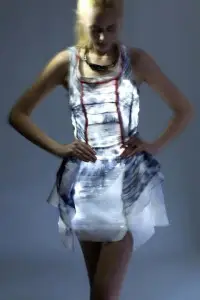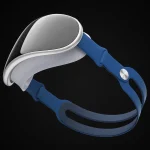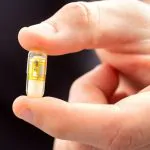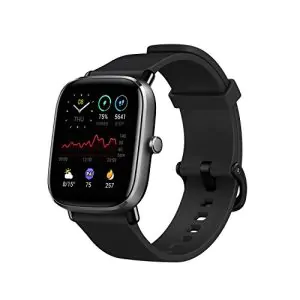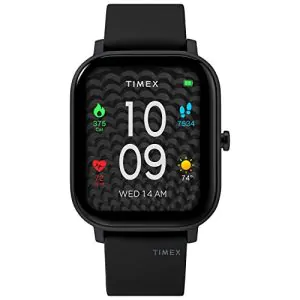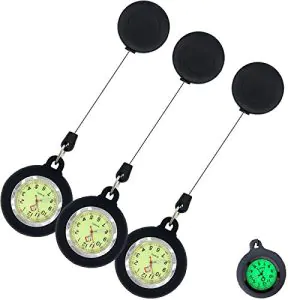Wearable Technology, which is comprised of clothing and accessories, has recently become all the rage among tech minded individuals. Many companies are now scrambling to fill the needs of those looking for the newest wearable tech. Most people, at this point, have heard of or seen, wearable technology clothing and devices with smart watches, shirts and jackets that are capable of charging electronic devices, or headsets that let the wearer experience the world in new way all among the range of possibilities. Unfortunately, little thought is given to the materials that go into making wearable tech possible. Here are five of the most intriguing materials that are being used to create great new advances in wearable technology.
Conductive Inks
 Conductive inks are a type of specialized paints that have been infused with conductive particles – things like carbon and silver that can be used to create printed or hand painted circuits on a variety of materials, from paper to cloth. Using conductive inks to create wearable technology items are a way to make relatively cheap circuits that are both recyclable and flexible, and can theoretically, be made using a standard ink jet printer that has been slightly modified to use the special ink. Much research is being done into ways to utilize this type of ink, as it is still currently too resistive to be a valid replacement for the currently used copper conductors.
Conductive inks are a type of specialized paints that have been infused with conductive particles – things like carbon and silver that can be used to create printed or hand painted circuits on a variety of materials, from paper to cloth. Using conductive inks to create wearable technology items are a way to make relatively cheap circuits that are both recyclable and flexible, and can theoretically, be made using a standard ink jet printer that has been slightly modified to use the special ink. Much research is being done into ways to utilize this type of ink, as it is still currently too resistive to be a valid replacement for the currently used copper conductors.
Muscle Wire
 Just about everyone has heard of memory foam, the thick foam-like substance used to make mattresses and pillows. Muscle wire works basically the same way. It is a special alloy that can remember its shape and can contract up to seven percent when you apply an electrical current to it. Muscle wire is light weight, so cannot be used for anything that requires significant strength. It can however, be used to create silent and fluid movement in situations where using a motor is not ideal, such as for body armor and self defense clothing.
Just about everyone has heard of memory foam, the thick foam-like substance used to make mattresses and pillows. Muscle wire works basically the same way. It is a special alloy that can remember its shape and can contract up to seven percent when you apply an electrical current to it. Muscle wire is light weight, so cannot be used for anything that requires significant strength. It can however, be used to create silent and fluid movement in situations where using a motor is not ideal, such as for body armor and self defense clothing.
Thermochromic Pigments
 Thermochromic pigment is a very specific type of dye that can react to the ambient temperature and change colors. The pigment uses liquid crystals or leuco dye, which re-orientates as a direct result of changes in temperature, producing a change in color. The pigments can be used in conjunction with a type of conductive thread to introduce temperature variances, or can be designed to interact with a person’s body temperature.
Thermochromic pigment is a very specific type of dye that can react to the ambient temperature and change colors. The pigment uses liquid crystals or leuco dye, which re-orientates as a direct result of changes in temperature, producing a change in color. The pigments can be used in conjunction with a type of conductive thread to introduce temperature variances, or can be designed to interact with a person’s body temperature.
Electrotextiles
 The basis of most wearable technology clothing is, of course, flexible material. This material is often created with electrotextiles – yards, threads and fabrics that have electrical properties. Generally made by coating normal materials with metallic fiber, the textiles are being used for a vast number of applications, such as wearable piezoresistive touch pads and sensors, to make clothing that includes smart phone controls and flexible keyboards.
The basis of most wearable technology clothing is, of course, flexible material. This material is often created with electrotextiles – yards, threads and fabrics that have electrical properties. Generally made by coating normal materials with metallic fiber, the textiles are being used for a vast number of applications, such as wearable piezoresistive touch pads and sensors, to make clothing that includes smart phone controls and flexible keyboards.
Light Diffusing Acrylic
 Unlike normal acrylic, which diffuses light only around its edges, light diffusing acrylic is capable of diffusing light across the entire surface. By infusing the material with colorless light diffusing particles, and applying a light source, like a tiny LED strip, the acrylic can be made to illuminate a jacket, t-shirt or other article of clothing. Possible uses for this technology are t-shirts that glow in response to sound and heat.
Unlike normal acrylic, which diffuses light only around its edges, light diffusing acrylic is capable of diffusing light across the entire surface. By infusing the material with colorless light diffusing particles, and applying a light source, like a tiny LED strip, the acrylic can be made to illuminate a jacket, t-shirt or other article of clothing. Possible uses for this technology are t-shirts that glow in response to sound and heat.
